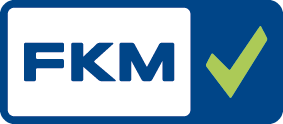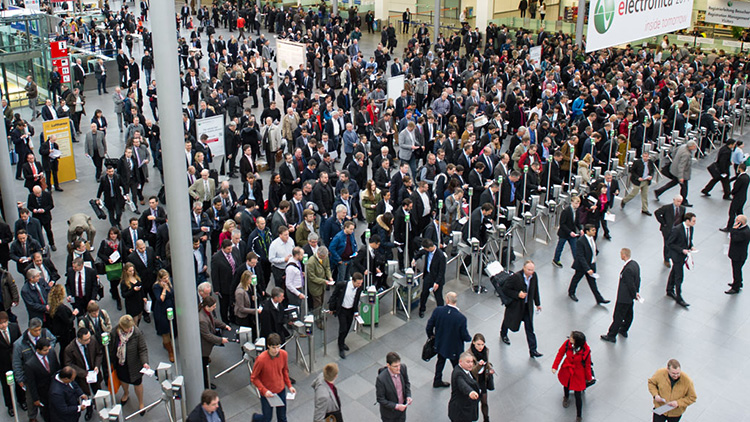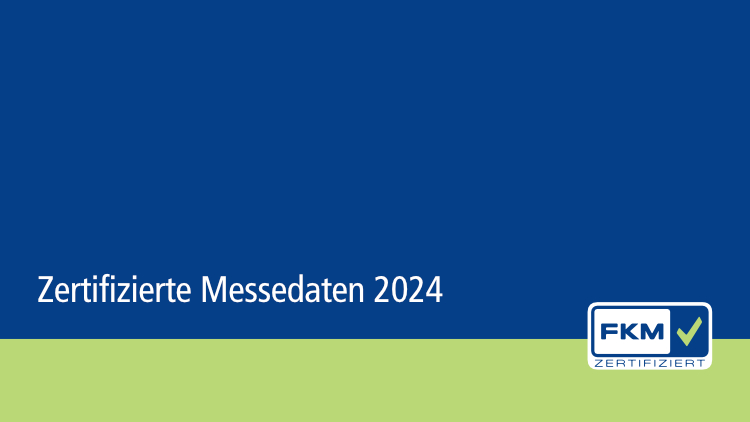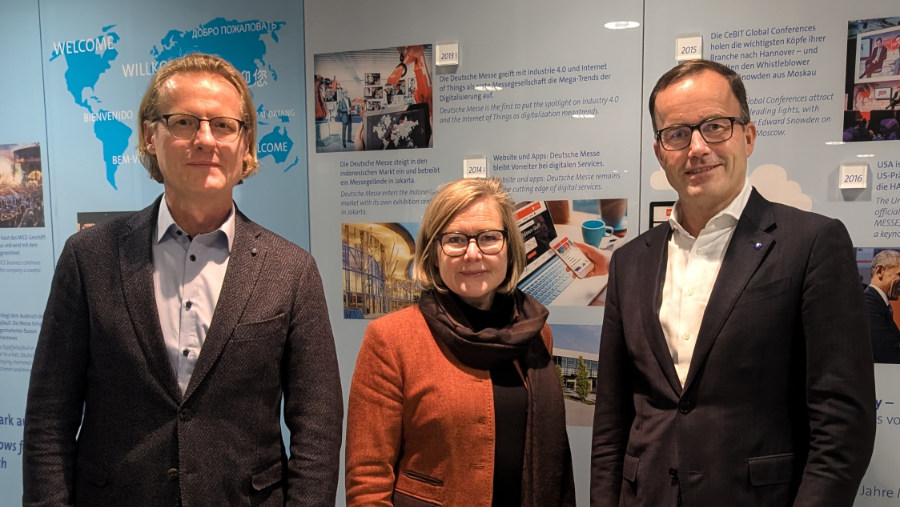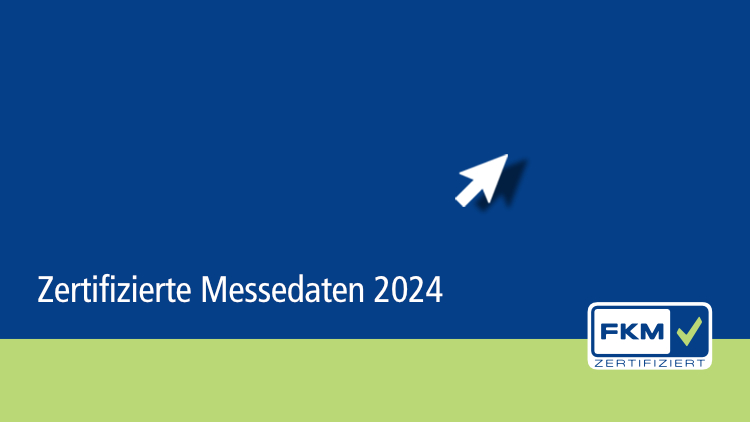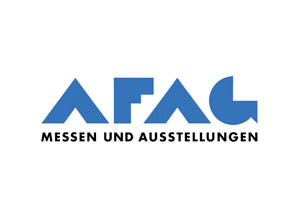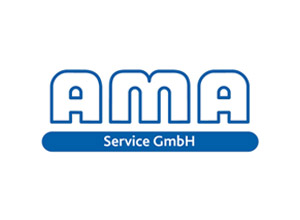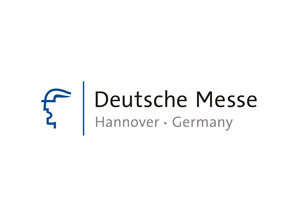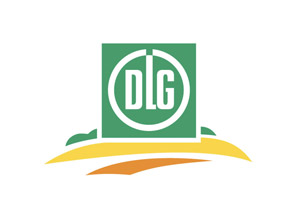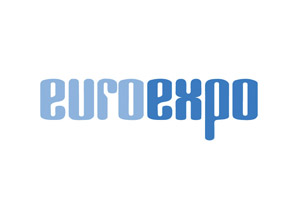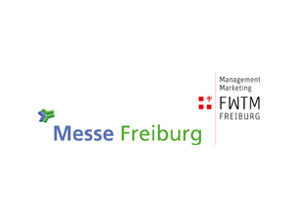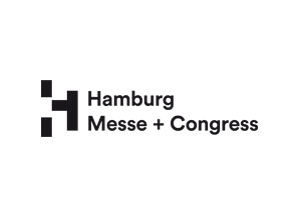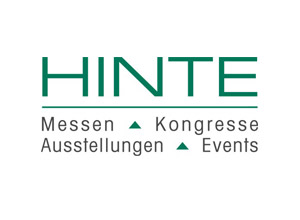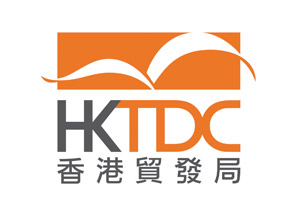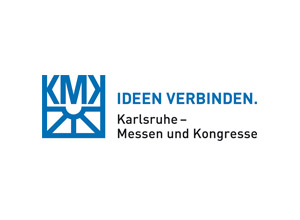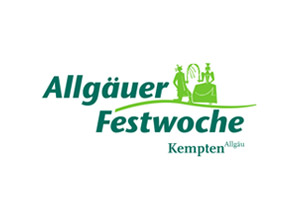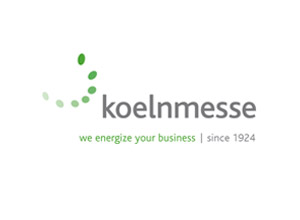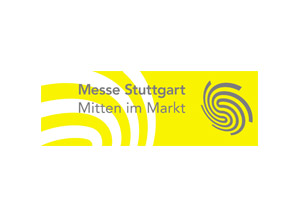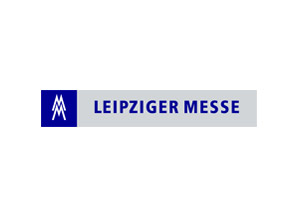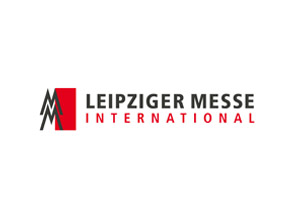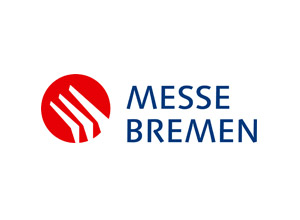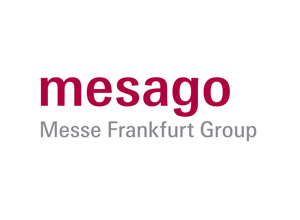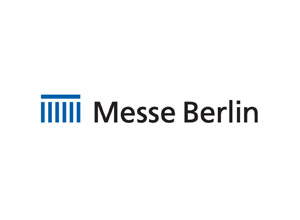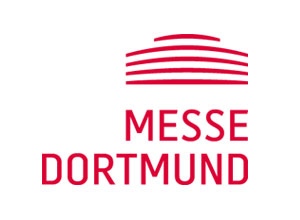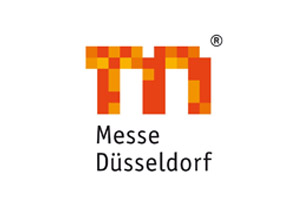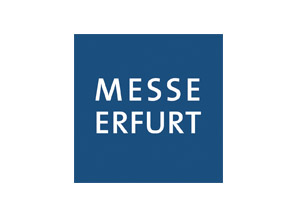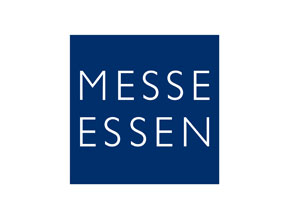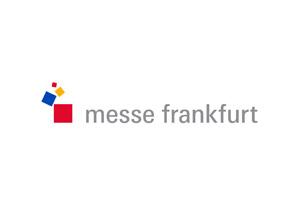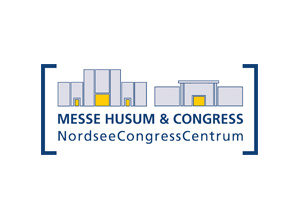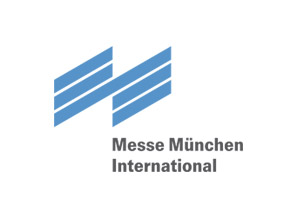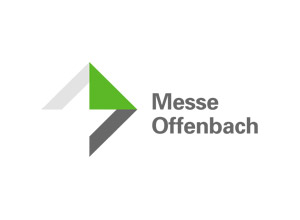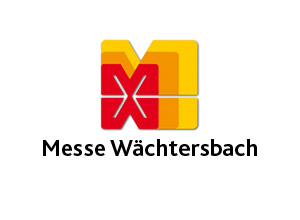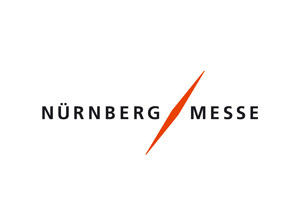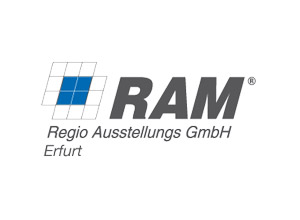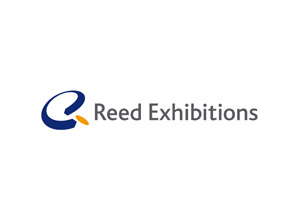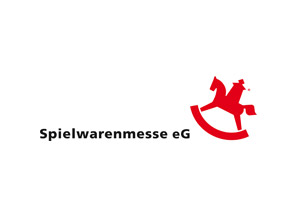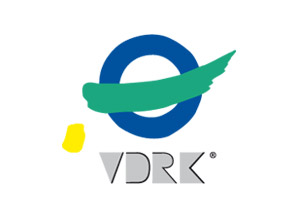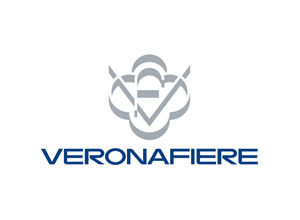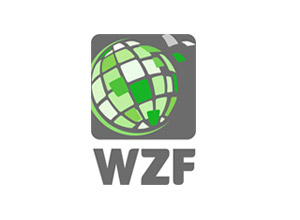Practically every self-confident trade fair advertises itself as “international”. But in many cases it’s not clear what that actually refers to, and above all: above what level of exhibitors or visitors is the eye-grabbing term really justified? Some organisers suppose that two or three exhibitors ought to do the trick.
FKM provided a definition years ago: if an exhibition wants to present itself as international, it should have 10% foreign exhibitors and 5% foreign visitors. The definition is based on that of the global association of the exhibition industry UFI. The AUMA – Association of the German Trade Fair Industry goes one step further: beyond fulfilling the percentages, at least 20 exhibitors and 100 visitors have to come from abroad (german).
Why define these seemingly petty details? The “international” label should not only advertise but also provide a point of orientation – for exhibitors, visitors and media representatives. The perspectives, however, are distinct. The visitor wants to know whether noteworthy offerings from abroad will be present, and not just from importers but from companies that are based in foreign countries and therefore have the associated local knowledge. That’s also why companies whose products are presented by importers are not listed as foreign companies. The exhibitor, in turn, associates the term “international” with a minimum of visitors from other countries, and not merely the symbolic 1%. So in order to serve the expectations of both groups, we define limits of 10% of exhibitors and 5% of visitors.
And when those proportions are verified by FKM, all the better. After all, a visitor can always check the catalogue afterwards to determine how many foreign exhibitors were on hand. An exhibitor, by contrast, has very little chance of finding out anything about the origin of the visitors. And organisers who disappoint or mislead exhibitors seldom see them again.





